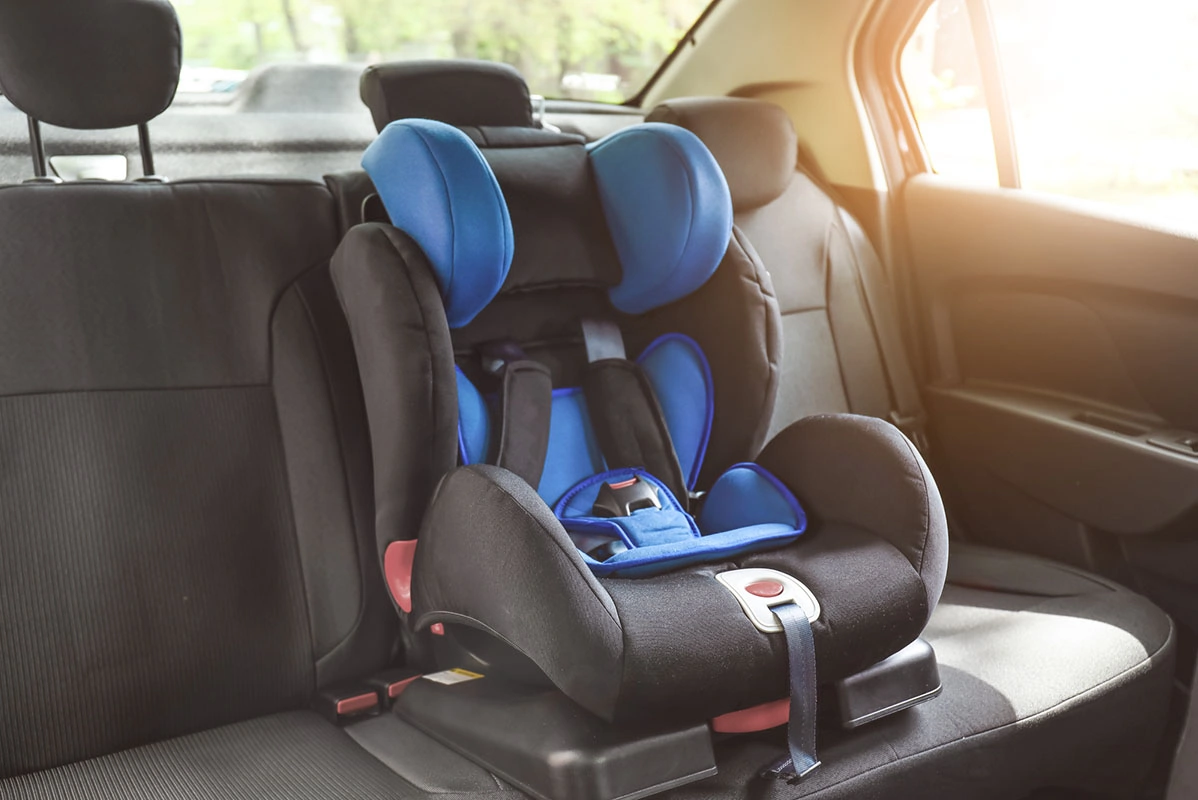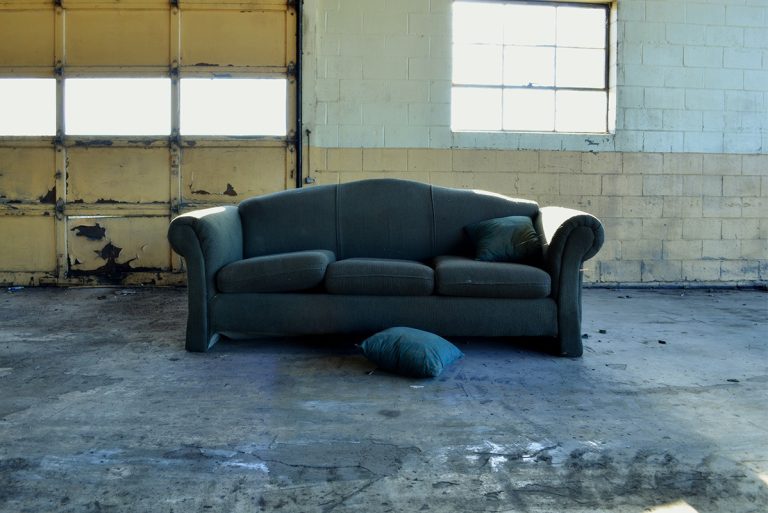Car seats are essential pieces of safety equipment that can only be used for a maximum of six to 10 years, and then only if they stay in good condition and are not involved in a crash. This limited lifespan makes it even more important to know how to recycle car seats and how to reuse them if possible.
Why should you recycle a car seat?
Every parent knows the importance of car seats for their children’s safety. Even if you eliminate plastic products from other parts of your life, this isn’t an option with car seats.
Therefore, if you don’t want your old car seats to pollute the environment once they’re expired or otherwise unfit for use, it’s important to know how to recycle car seats.
Car seats do expire
Believe it or not, child car seats don’t last forever. All car seats come with an expiration date, and after this date, you can’t be sure that they’ll work properly.
Expiration dates are usually between 6 and 10 years after the date of manufacture. Belt-positioning boosters and steel-reinforced belt path car seats typically last longer, around 10 years, while plastic-reinforced belt car seats usually only last six or seven years.
This is the amount of time that they can withstand use and temperature changes over time before the materials will deteriorate. Using a car seat past this date may not only put your child in danger, but it could make you liable for fines and penalties for failing to use a legal car seat.
All car seats should display their expiration date on the back. It may be printed on a sticker, or embossed on the back of the seat itself.

Car seats can only be used for a couple years
If you’re trying to live an eco-conscious or even zero-waste lifestyle, you undoubtedly try to get the most use out of all your household items that you can. However, car seats are one thing that have a limited useful life, by definition.
Sooner later, you’ll have to consider how to recycle car seats – as your child will either outgrow theirs, graduate to a different one (such as an infant car seat to a convertible or all-in-one car seat), or won’t need a car seat anymore at all. For this reason, you will only use your car seat for a couple of years and will then need to find a responsible way to dispose of it.
People don’t generally buy second-hand car seats
Experts don’t recommend buying second-hand car seats for safety reasons, so it can be virtually impossible to sell your old car seat even if it’s in good condition. We’ll go into the reasons why later in this article.
Therefore, if your child has outgrown their car seat and you don’t have a younger child who’ll be able to use it, your best option is to recycle it.
Car seats need to be replaced if damaged
If a car seat is no longer in good condition, particularly the hardware and seat pads, they may no longer be safe for your child to use, even if it’s within its expiration date.
If your car seat has been involved in a crash, even a minor one, it’s no longer safe for your child to use. Strain or unseen damage from the crash could mean that the safety structure of the seat has been weakened, and it won’t be as effective in protecting your child in the future.
Therefore, if your car seat fits any of these criteria, the safest thing to do is replace it.
Car seats are made from destructive materials
Car seats are mostly made from hard plastic, and it’s no secret that plastic is devastating for the environment. Plastics like those found in car seats take hundreds of years to break down, and this, combined with our increasing use of this material, means that it’s literally piling up in landfills, waterways, and the ocean.
The world’s largest landfill site, Apex Regional Landfill in Las Vegas, takes in 3.8 million tonnes of trash every year and covers an incredible 2,200 acres. This, combined with other landfills around the USA and the world, represents vast areas of lost natural habitats for plants and animals.
Car seats also contain a significant amount of metal parts, which can also have a range of negative impacts on the environment. Not only does metal waste build up in landfill and pollute the environment, but the earth has a limited amount of metal resources, and recycling metal minimizes the amount of new metals that are mined.
For all these reasons, it’s important to educate yourself on how to recycle car seats, to prevent them from ending up in landfill.

Aside from the environmental concerns, there are also safety issues associated with tossing away old car seats. People may pull old seats out of dumpsters or trash cans and use them even if it’s not safe to do so, so you have a duty to public safety to be careful about how you throw away your old equipment.
If you absolutely must throw your old car seat in the trash, take a sharpie and write “expired” in big letters on the sticker. It’s also a good idea to cut the straps to stop anyone from trying to use it.
However, this shouldn’t be necessary, as there are plenty of options for recycling old car seats. We’ll take a look at this next.
How to recycle car seats
Car seats are a bit difficult to recycle, mainly because they’re a mix of different materials. However, these materials are mostly reusable, and therefore, there are a number of programs that will recycle car seats for their components.
The best and easiest option, if possible, is to find such a recycling program in your local area.
Here’s some tips to help you find a car seat recycling program near you:
- Check out the Recycle Your Car Seat site, which lists car seat recycling programs in various US states as well as Canada.
- The Department of Transportation in some states, such as Colorado, runs a recycling program where you can drop off old, expired, or damaged car seats. Check with the authority in your state to see if they have a similar program.
- Large retailers like Target and Walmart often hold “trade-in” events where you can take your old car seat and get a discount on a new seat or a gift card for their store. The retailer usually then arranges to recycle the old seats they receive.
- Some manufacturers offer recycling programs – contact the manufacturer of your car seat to see if they run a program like this.
- Car seat manufacturer Clek now runs a recycling program, which covers all brands of car seats. All you need to do is order a recycling kit here, then drop it off at any UPS store. Note that this service involves a small fee.
- Car seat technicians are always looking for seats to use for demonstrations, and will often accept expired seats as long as they’re in decent condition. Search for “car seat technicians” or “child passenger safety technicians” in your area and get in touch to see if you can donate your seat to them.
Donating your old car seat to a local charity may also be an option. You should only donate your old seat if it is in excellent condition, has never been in a crash, and is not expired (or about to expire).
Because of safety concerns, many charities do not accept them, but you may be able to find one in your area that does. A good place to start is women’s shelters and church organizations, as these non-profits provide essential goods like car seats to families in need.
Just be sure to be upfront with the organization about the history of the car seat and give them as much information as possible.
What if I can’t recycle my old car seat?
If you can’t find an option in your area to recycle the full car seat, you can dismantle it into component pieces and then recycle those. The plastic components are generally recyclable, and the metal parts are often recyclable also.
- Check Earth 911’s locator tool to find recycling centers in your area and the materials they accept. All you need to do is enter your zip code and the type of material you want to recycle. Most recycling centers will take plastic and metal parts, and many will also accept the fabric pieces. The fabric can usually be composted – check out our guide to setting up your own compost bin for more on this!
- Contact the recycling center first to check what they accept and how you need to prepare it for recycling. The facility may accept the naked frame, or they may require you to completely break the seat down.
- Depending on the recycling center’s requirements, break the car seat up, separating any non-recyclable components. Start by removing the fabric, padding, and straps. Then take a screwdriver and remove as many metal pieces as you can, if the center asks you to do this. Group the remaining components according to the type of material.
- Take the recyclable components to the recycling facility, or arrange a pickup if they offer this service.
Can you reuse old car seats?
Reusing old car seats is generally not recommended for safety reasons. Car seats are precision engineered to keep your little one safe in the event of a crash.
The problem is, when you buy a used car seat you don’t know the history. It may have been in a crash that has compromised its safety features, so it may not work effectively anymore.
Equally, you don’t know whether it has been properly cleaned and maintained by the previous owner, which can also have health and safety implications. Furthermore, it can be impossible to judge these things simply by looking at the car seat.
However, there are some circumstances when you can still use an old car seat.
When it’s OK to reuse an old car seat:
- If you trust the person you’re getting it from, know the complete history, and are confident it has not been involved in even minor crashes, it’s probably ok to reuse. Just be sure to double check that the seat isn’t expired!
- It may also be able to reuse your old car seat for a second child, if your kids are close in age. Just be sure to check that the car seat has not expired and that the hardware as well as seat pads are in good condition.
- In the same way, it’s ok to donate your old car seat if it meets certain conditions, notably that it is not expired and is in excellent condition.
Wrapping up
As much as you may try to ban plastics and other unsustainable materials from your life, there are some times when this simply isn’t possible. Car seats are a prime example of this, being essential for your child’s safety.
Add to this that they have a limited life span for a range of reasons, and it’s important to know how to recycle car seats in order to stop them ending up in landfill and polluting the environment.
If you have friends and family members who’d benefit from knowing how to recycle car seats, be sure to share this article with them!













